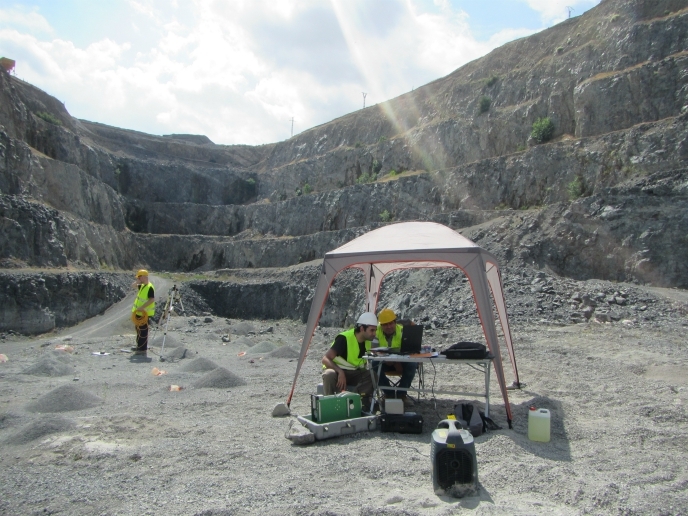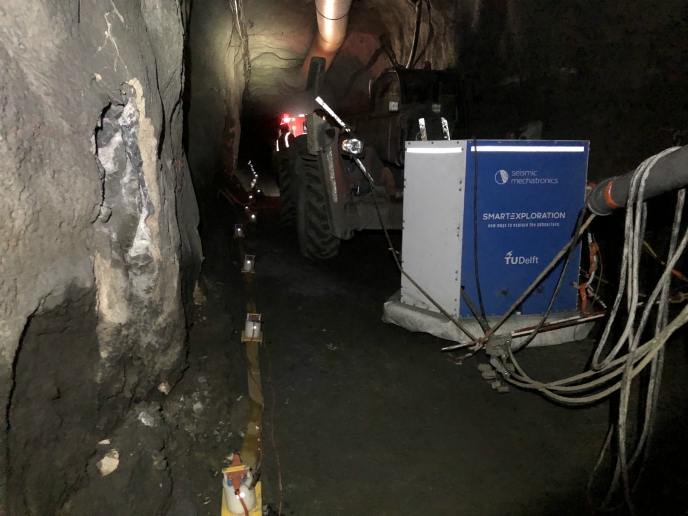Simulating engine emissions
A European strategic research agenda has highlighted the role of rotorcraft as a competitive and affordable transportation mode for point-to-point connection. Gas turbine engines have therefore been subjected to stringent emission regulations regarding pollutant release. As emissions are attracting increasing attention, researchers are working on developing computational tools that predict exhaust gas emission levels at varying flying and operating conditions. Against this backdrop, EU-funded scientists initiated the 'Emission analysis. Tools required to perform the emission analysis and evaluation methodology' (EMICOPTER) project to develop a powerful tool to predict emissions. This tool does not require tuning parameters making it more reliable, especially for predictions in conditions where no experimental information is available. The project produced detailed models based on data from coupling fluid dynamics and kinetics that were used for computational fluid dynamic (CFD) simulations. CFD data was post-processed by a kinetic tool to accurately describe and predict pollutant formation during combustion. Detailed kinetics were also used to better describe the temperature field inside the combustor, thus improving emission calculation. As these computations require a significant amount of processing time, specific numerical algorithms were developed. After an accurate analysis of state of the art, scientists defined a surrogate fuel and developed and validated its combustion kinetics. The resulting kinetic mechanism was the springboard for constructing a database for CFD computations. These were based on the combustor geometry of a specific helicopter engine. This particular engine was studied to characterise unburned hydrocarbon formation that reduces combustion efficiency and consequently increases fuel consumption and nitric oxide (NOx) emissions. NOx engine emissions were calculated for idle to take-off conditions and were compared to available experimental measurements. Project results showed satisfactory agreement with experimental data and highlighted the importance of the kinetic mechanism used in the CFD simulation. The proposed approach can be used not only to evaluate the emissions from existing engines, but also to design new combustors with lower emissions.







